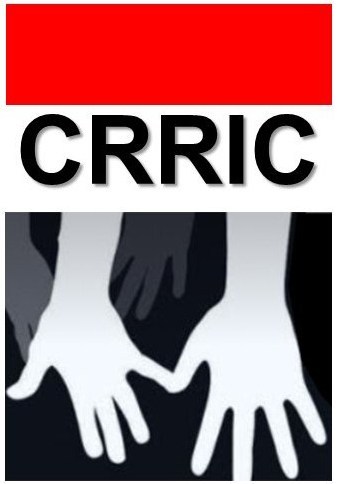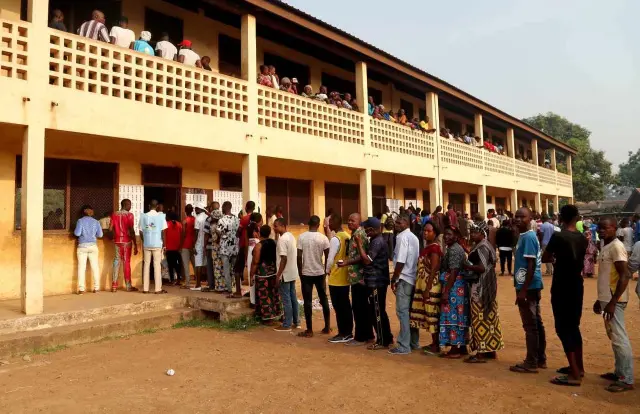The United States Secretary of State, Colin Powell, on 9 September 2004 declared “that genocide has occurred in Darfur and that the government of Sudan and the Janjaweed bear responsibility, and that genocide may still be continuing.” The U.S. Senate and House of Representatives, by unanimous vote on 23 July 2004, declared “that the atrocities unfolding in Darfur, Sudan, are genocide.”
The State Department has not historically been forward-leaning in making findings of genocide, as was notoriously evident during its refusal to apply the term “genocide” to Rwanda in 1994 until most of the 800,000 victims had been murdered. This time, however, the Ambassador for War Crimes Issues, Pierre Richard Prosper, adopted an exemplary strategy of proof. Prosper was the Prosecutor in the Akayesu case, which resulted in history’s first conviction after trial by an International Criminal Tribunal applying the Genocide Convention. Prosper’s strategy demonstrated the careful investigation and solid legal analysis that made him so successful at the ICTR.
Prosper knew that proof of genocide needs to be based on authoritative facts. So he got the State Department’s Human Rights Bureau to commission and fund a thorough investigation by expert investigators recruited by the Coalition for International Justice. They interviewed 1,136 eye-witnesses in Sudanese refugee camps, a sample large enough for any social scientific study. Then he and the State Department Legal Advisers’ Office applied international law to the facts, without determining in advance what the conclusion would be. The legal conclusion was properly separated from its political consequences.
The results of the systematic interviews were shocking. Over sixty percent of the people interviewed had witnessed the killing of a family member. Two-thirds had witnessed the killing of a non-family member. Over eighty percent had witnessed destruction of a village. Two-thirds had witnessed aerial bombing of villages by the Sudanese government. And perhaps most chillingly, one third had heard racial epithets used while they or their relatives were being murdered or raped. Assailants often shouted, “Kill the slaves” and “We have orders to kill all the blacks.” Over 50,000 [2005 update: 250,000] black Africans have died in Darfur, and 1.5 [2005: 2.5] million people have been displaced from their homes. Over four [2005: eight] hundred villages have been burnt to the ground by Arab Janjaweed militias, supported by Sudanese government bombing.
Genocide is “the intentional destruction, in whole or in part, of a national, ethnical, racial, or religious group, as such.” Was the killing “intentional”? Yes. Was it systematically organized by the al-Bashir regime using government armed Janjaweed militias, bombers, and helicopter gunships? Yes. Were the victims chosen because of their ethnic and racial identity? Yes. Fur, Masseleit, and Zaghawa black African villages were destroyed. Arab villages nearby were left untouched. The State Department report concludes the “primary cleavage is ethnic: Arabs against Africans.” Is this the intentional destruction, in part, of ethnic and racial groups? Yes.
This, in short, is genocide. The genocide continues.
The Al-Bashir regime in Sudan is a serial killer, a master of genocide and ethnic cleansing, having combined these crimes before in the Nuba Mountains and in the southern Sudan, where over two million black Africans have died. In the south, the government wants to confiscate rich oil reserves under the lands of the Nuer, Dinka, Shilluk, Nuba, and other black African groups. In Darfur the regime wants to “Arabize” the territory and drive out black Africans in order to confiscate their grazing lands, water resources, and cattle herds.



